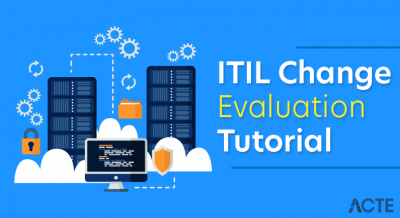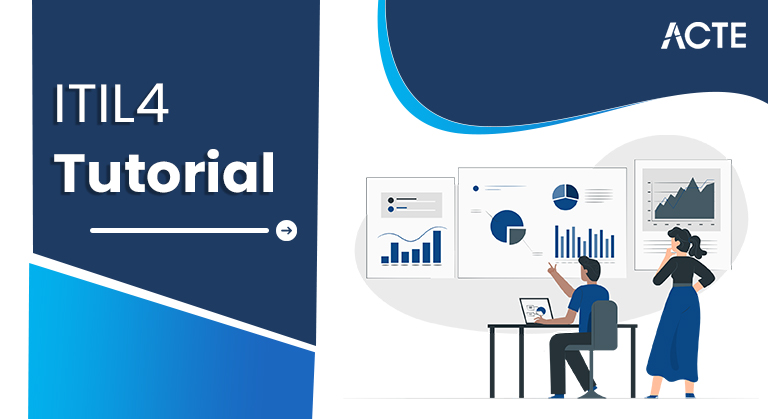
What is ITIL?
ITIL, or the Information Technology Infrastructure Library, is an acronym for a comprehensive set of guidelines for ITSM (information technology service management). These practices are designed to help organizations synchronize their IT services with business requirements, enhance operational efficiency, and offer valuable outcomes to customers. ITIL addresses critical aspects of IT service management, such as service strategy, design, transition, operation, and continual improvement. It is universally embraced and aids organizations in implementing a systematic approach to IT service delivery, ensuring effectiveness and productivity.
ITIL has gained widespread acceptance across global industries. It offers a universal language and framework for implementing IT service management practices.
Standardization: It encourages uniformity and standardization in the organization-wide planning, provision, and management of IT services.
Customer Focus: ITIL places a strong emphasis on matching customer expectations and needs with IT services to improve value delivery and customer satisfaction.
Continuous Improvement: A core principle of ITIL is continual service improvement (CSI), encouraging organizations to constantly review and enhance their IT services to adapt to changing business needs and technological advancements.
Risk Management: ITIL includes risk management practices in IT service delivery, helping organizations identify, assess, and mitigate risks proactively.
Integration with Business Processes: ITIL integrates IT services seamlessly with overall business processes, ensuring that IT aligns closely with business objectives and contributes effectively to organizational goals.
Training and Certification: ITIL offers training and certification programs for IT professionals, enabling them to acquire knowledge and skills in IT service management practices based on ITIL guidelines.
Scalability: Because ITIL procedures are adaptable, they may be used by companies of different sizes and levels of complexity, from startups to prominent multinational corporations.
These points highlight how ITIL serves as a robust framework for IT service management, enhancing operational efficiency and ensuring that IT services are aligned with business strategies and customer needs.
Why use ITIL?
ITIL is used to provide consistent service delivery, boost efficiency, improve customer happiness, streamline IT service management, align IT services with business goals, and promote ongoing service improvement. It offers an organized method for handling IT services that help organizations effectively adapt to changing business needs and technological advancements.
Certainly! Here are a few more points on why ITIL is beneficial:
Standardization: ITIL promotes standardized processes and procedures across IT services, reducing variability and improving reliability.
Risk Management: By implementing ITIL practices, organizations can better identify and mitigate risks associated with IT service delivery, thereby enhancing operational resilience.
Cost Efficiency: ITIL helps optimize resource utilization and minimize wastage, leading to cost savings in IT operations and service delivery.
Compliance: ITIL frameworks often align with regulatory requirements and industry standards, helping organizations maintain compliance with legal and regulatory mandates.
Business Alignment: ITIL fosters closer alignment between IT services and business objectives, ensuring that IT investments contribute directly to organizational success.
Continuous Improvement: ITIL’s emphasis on continual service improvement promotes a culture of continuous improvement, adaptation, and learning among IT teams.
Customer-Centric Approach: ITIL frameworks prioritize the customer experience, promoting service delivery that meets or exceeds customer expectations.
Knowledge Management: ITIL practices facilitate effective knowledge sharing and management within IT departments, improving collaboration and problem-solving capabilities.
Vendor Management: ITIL guidelines help organizations manage relationships with IT vendors more effectively, ensuring that vendor services align with organizational needs and standards.
Adaptability: ITIL’s modular structure allows organizations to tailor their practices to suit their specific needs and environments, promoting flexibility and scalability in IT service management.
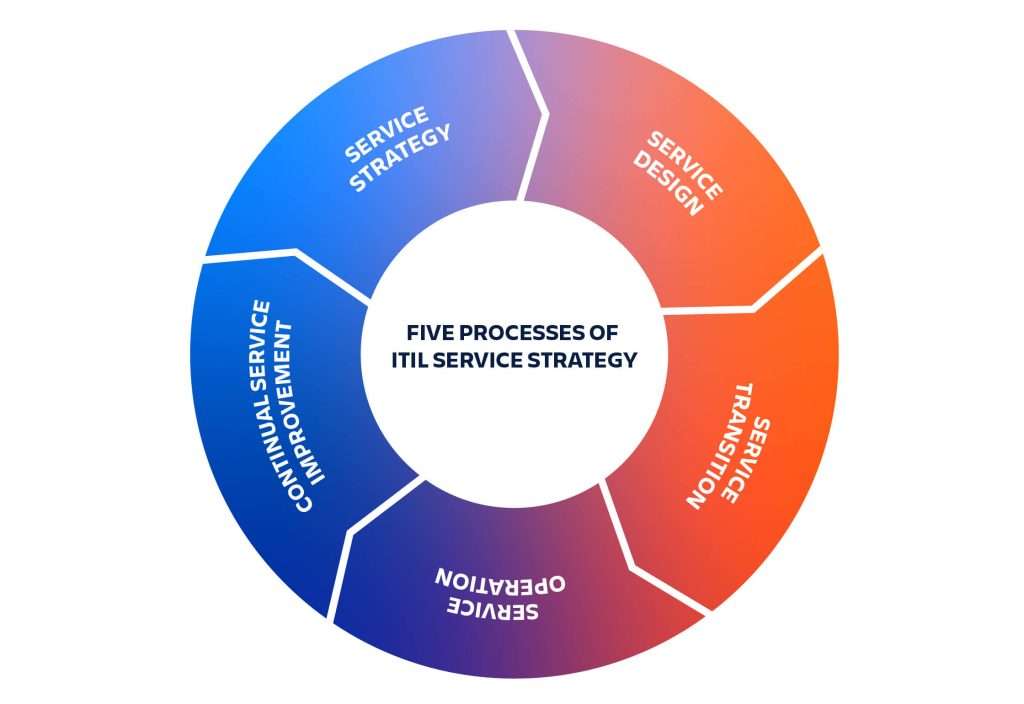
Prerequisites
Prerequisites for an ITIL tutorial typically include understanding basic IT concepts and terminology, familiarity with IT service management principles, and a general grasp of organizational IT operations.
Here’s some additional content related to ITIL tutorials:
Basic IT Understanding: It is beneficial to have a foundational understanding of IT concepts such as networks, servers, applications, and databases. This knowledge helps one grasp how IT services are managed and delivered within an organization.
IT Service Management Principles: Familiarity with IT service management principles, including incident management, change management, problem management, and service desk operations, lays a strong groundwork for understanding ITIL practices.
Organizational Context: An appreciation of how IT functions within an organization, including its role in supporting business processes and delivering value to customers, helps in applying ITIL concepts effectively.
Process-Oriented Thinking: ITIL emphasizes structured processes for managing IT services. Therefore, an ability to think in terms of processes and workflows is essential for comprehending and implementing ITIL practices.
Continuous Improvement Mindset: ITIL promotes continual service improvement (CSI) as a core principle. Having a mindset oriented towards learning, adaptation, and improvement is crucial for successful ITIL adoption.
Stakeholder Engagement: Understanding the importance of engaging stakeholders, both within IT and across business units, is key to aligning IT services with organizational goals and priorities.
Awareness of Industry Standards: ITIL is aligned with international best practices for IT service management. Awareness of these standards helps in understanding the rationale behind ITIL processes and guidelines.
Willingness to Learn: Finally, a desire to learn and adapt to new methodologies and practices is fundamental for anyone embarking on an ITIL tutorial. ITIL frameworks evolve with industry needs, so staying current with updates and best practices is essential.
These prerequisites collectively prepare individuals to effectively engage with and apply ITIL principles within their organizational context.
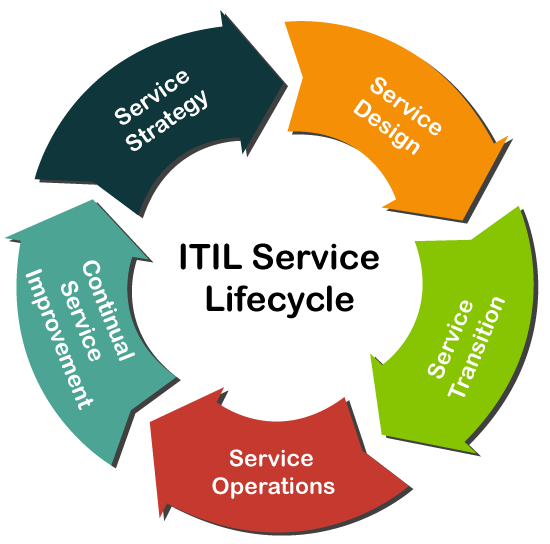
Sections:
Installation:
Choose a Learning Platform: Select an online course platform or educational website that offers ITIL tutorials.
Sign up or Register: If necessary, register for an account on the selected platform. This step enables you to access course materials, track progress, and interact with instructors or other learners.
Course Materials Access: Open the selected ITIL tutorial course. Access the introductory materials, syllabus, and any additional resources provided by the platform.
Start Learning: Begin the ITIL tutorial by following the structured lessons and modules. Typically, tutorials cover foundational concepts, ITIL processes, lifecycle stages, and practical applications.
Engage with Exercises and Quizzes: Many ITIL tutorials include exercises, quizzes, or assessments to reinforce learning. To gauge your comprehension of the subject matter, finish these exercises.
Progress through Modules: Move systematically through each module or section of the ITIL tutorial. Take notes, revisit challenging topics, and seek clarification from instructors or forums if needed.
Complete Assignments (if any): Some tutorials may include assignments or projects to apply ITIL concepts practically.
Review and Practice: Periodically review previous modules and practice applying ITIL principles in different scenarios. This reinforcement enhances retention and application.
Seek Certification (Optional): Depending on your goals, consider pursuing ITIL certification after completing the tutorial. Many platforms offer certification exams to validate your understanding of ITIL practices.
Feedback and Improvement: If applicable, provide feedback on the tutorial experience. Use the newfound understanding to advance your ITIL expertise over time.
These instructions will allow you to install and engage with an ITIL tutorial, gaining valuable insights into IT service management best practices.
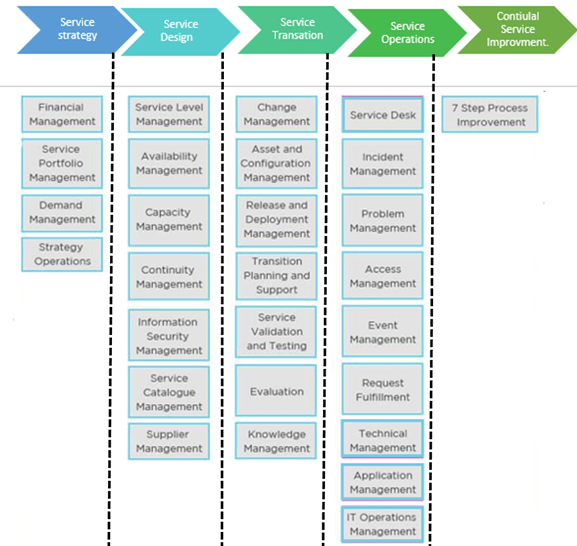
Configuration:
Here are some steps for configuring ITIL:
Content Structure: Define the tutorial’s scope and objectives. Outline the topics you want to cover, such as ITIL principles, processes, and best practices.
Platform Selection: Choose a suitable platform for delivering the tutorial. This could be a webpage, a learning management system (LMS), or both.
Course Materials: Prepare the necessary course materials, including presentations, slides, videos, and interactive content. Make sure these resources follow ITIL rules and frameworks.
Instructor or Facilitator: Assign an instructor or facilitator who is knowledgeable about ITIL concepts and practices. They should be able to guide participants through the tutorial effectively.
Interactive Elements: Incorporate interactive elements such as quizzes, assignments, case studies, and discussions to enhance engagement and understanding.
Practical Exercises: Include practical exercises or simulations that allow participants to apply ITIL principles in real-world scenarios.
Feedback System: Establish a system of feedback to collect input from participants. Based on learner insights, this helps improve the tutorial content and delivery.
Certification (Optional): Consider offering a certification or completion badge for participants who complete the tutorial. This can add value and credibility to their learning experience.
Support and Resources: Provide access to additional resources, such as ITIL books, articles, and community forums, to support ongoing learning and development.
Assessment and Enhancement: Consistently assess the tutorial’s efficacy through participant feedback and performance metrics. Based on these evaluations, continuously update and improve the tutorial.
By addressing these aspects, you can effectively configure and set up an ITIL tutorial that provides valuable learning experiences and insights into IT service management best practices.
Basic Monitoring Setup:
Setting up essential monitoring as part of an ITIL tutorial involves several key steps:
Define Monitoring Objectives: Clarify what aspects of IT services you need to monitor such as server performance, network availability, or application responsiveness—to align with business goals.
Select Monitoring Tools: Choose appropriate tools like Nagios, Zabbix, or Prometheus that align with ITIL principles and can effectively monitor your defined metrics.
Configure Monitoring Parameters: Set up thresholds and parameters for each monitored metric to define what constitutes regular operation and when alerts should be triggered.
Implement Monitoring: Deploy monitoring agents or probes across your IT infrastructure to collect data and send it to a central monitoring server or dashboard.
Set Up Alerts and Notifications: Configure alerts to notify IT teams or stakeholders when thresholds are exceeded, or critical issues arise, ensuring prompt response and resolution.
Monitor Continuously: Establish continuous monitoring processes to track performance metrics in real time and enable proactive management of IT services.
Review and Improve: Regularly review monitoring data and processes to identify areas for improvement, ensuring your monitoring setup evolves with changing business needs.
This setup forms a foundational part of ITIL’s service monitoring and management practices, promoting efficient operations and service delivery alignment with organizational goals.
ITIL Tutorial Conclusion
As we wrap up this Nagios tutorial, let’s review the key points we’ve covered and the importance of this powerful monitoring tool.
1. Introduction to Nagios:
We started by providing an overview of Nagios and highlighting its role in monitoring and maintaining IT systems. Understanding the basics of Nagios set the foundation for our deeper dive into its functionalities.
2. Installation and Setup:
We walked through the steps to install Nagios on different operating systems. This included downloading necessary files, configuring settings, and starting the Nagios service to ensure it runs smoothly.
3. Monitoring Hosts and Services:
We learned how to add hosts and services to Nagios, which allows us to monitor specific parts of our IT environment. This customization helps us monitor critical components and receive alerts when something goes wrong.
4. Notifications and Alerts:
Setting up notifications was a crucial part of the tutorial. We explored how to ensure the right people are alerted promptly when issues arise, helping us respond quickly and effectively.
5. Plugins and Extensions:
Nagios can be extended with various plugins to monitor different types of services and hardware. We looked at how to use these plugins to enhance Nagios’ monitoring capabilities.
6. Advanced Features:
For more advanced users, we covered custom plugins, integration with other tools, and distributed monitoring. These features help create a more tailored and scalable monitoring solution.
7. Troubleshooting and Maintenance:
We discussed troubleshooting techniques and maintenance practices to keep Nagios running efficiently. Regular checks and updates are critical to a reliable monitoring system.
8. Real-World Applications:
We examined real-world examples of how Nagios is used in different IT environments, from small networks to large data centers, showing its versatility and effectiveness.
Conclusion:
Creating a conclusion for an ITIL tutorial typically involves summarizing key points and emphasizing the importance of ITIL in improving IT service management. Here’s a sample
“In conclusion, ITIL is a solid framework that improves IT service management through enhancing efficiency, giving value to customers, and coordinating IT services with business goals. By adopting ITIL practices such as service strategy, design, transition, operation, and continual service improvement, organizations can establish structured processes that ensure effective and efficient delivery of IT services. The global adoption of ITIL underscores its relevance across industries, providing a common language and framework for ITSM practices. As businesses navigate evolving technological landscapes, ITIL remains pivotal in fostering resilience, agility, and customer-centricity. Embracing ITIL principles not only enhances operational effectiveness but also positions organizations to proactively meet future overcome obstacles and seize chances in the era of digital technology.”



